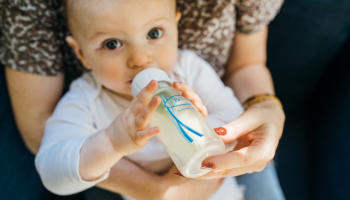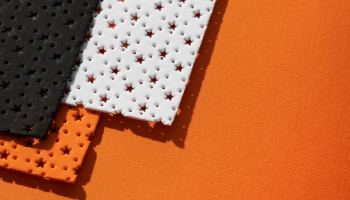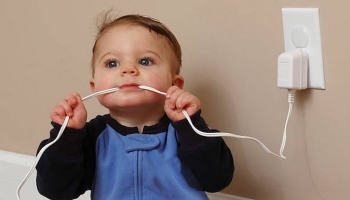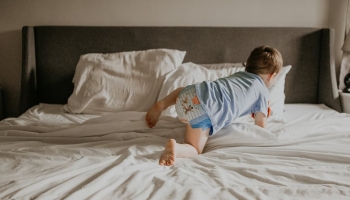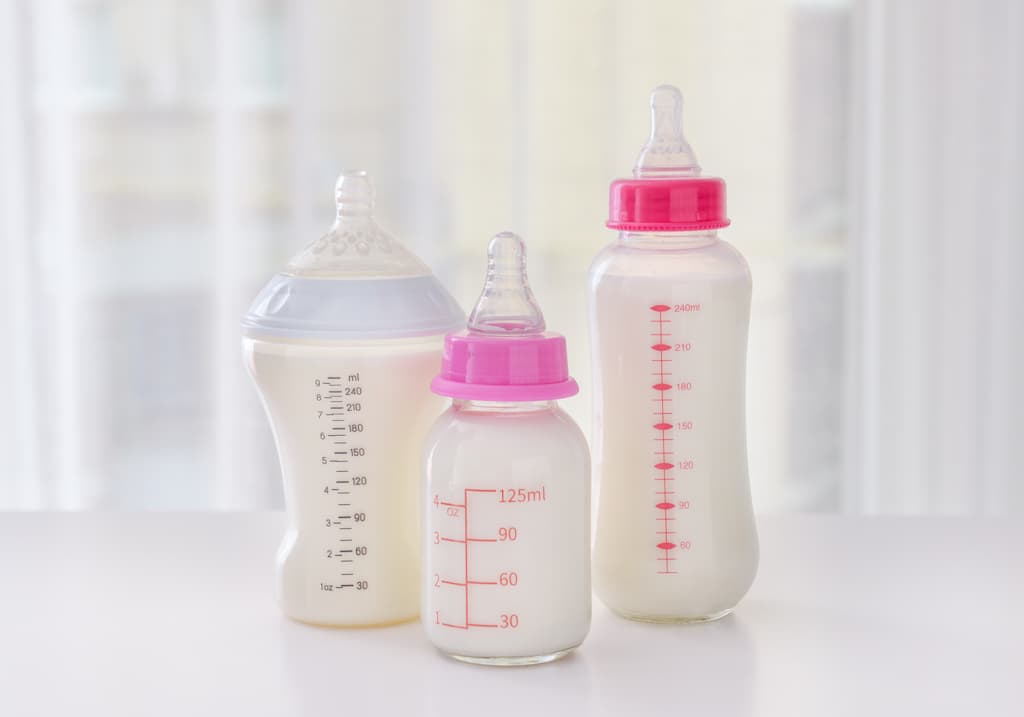
When it comes to caring for a baby, parents often find themselves with many questions about what’s best for their little one. One common query revolves around the frequency of replacing baby bottles. Baby bottles should generally be replaced every three to six months to ensure the safety and hygiene of the baby’s feeding equipment. This is a key consideration for parents, as the longevity of a baby bottle can depend on various factors, including its material and how frequently it’s used.
Plastic bottles, for example, may need more frequent replacements compared to those made of glass or stainless steel, due to greater susceptibility to wear and tear, discoloration, and potential chemical exposure. Additionally, the regular replacement of bottle nipples is important for maintaining proper flow and reducing choking hazards. Understanding the need for and the timing of replacing baby bottles is an essential part of ensuring the health and well-being of your baby.
Key Takeaways
- Baby bottles should be replaced regularly, typically every three to six months, to ensure safety and hygiene.
- The type of material (plastic, glass, or stainless steel) and frequency of use affect how often bottles need to be replaced.
- Regularly replacing baby bottles and nipples is essential for preventing health risks like exposure to harmful chemicals and reducing choking hazards.
Why and When to Replace Baby Bottles
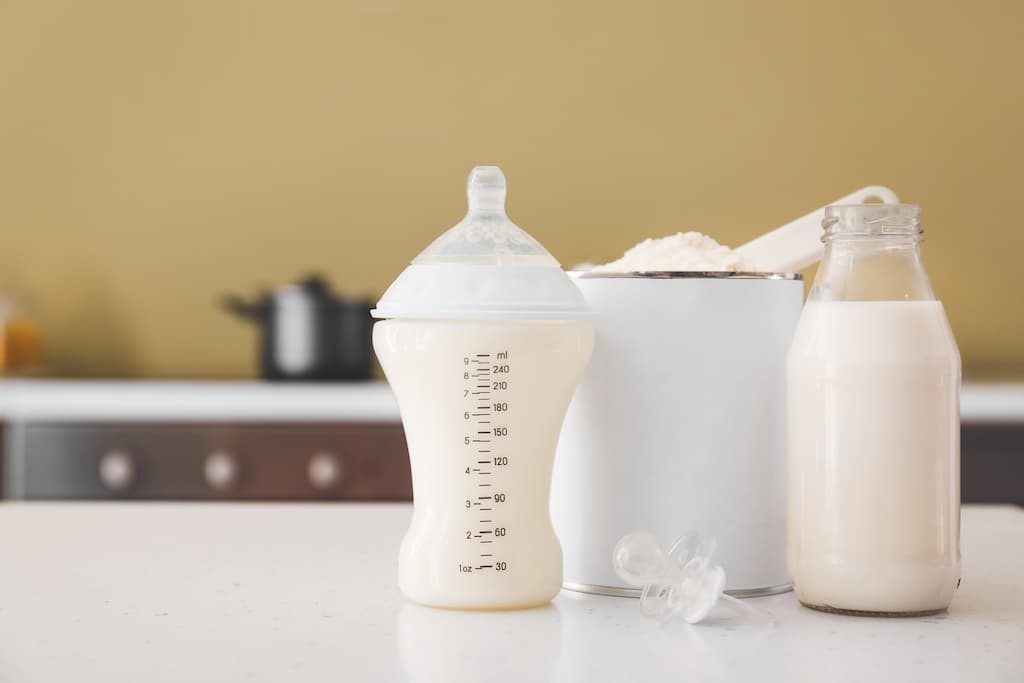
Baby’s feeding bottles are a critical item for parents of young children. Used for bottle feeding infants and toddlers, these bottles must be kept in good condition for the child’s health and safety. Over time, baby’s feeding bottles can become worn and damaged, leading to potential health risks. This section will explore why and when to replace baby’s feeding bottles.
Signs of Wear and Tear
A common reason to replace baby’s feeding bottles is wear and tear. Over time, these bottles can become scratched, discolored, and cracked, making them difficult to clean properly and posing health risks. Regular inspection of your baby’s bottle for these signs and timely replacement are recommended.
Expiration Date
Another reason to replace baby bottles is due to the expiration date. Some baby feeding bottles have an expiration date, indicating their lifespan. Following these guidelines is important, as using an expired bottle can pose health risks.
Damaged Bottles
If a baby bottle becomes damaged, it should be replaced immediately. Cracks, chips, and other damage can lead to potential health risks for the child. It is important to inspect baby bottles regularly for any signs of damage and replace them as necessary.
How Long Can You Use Baby Bottles?
The lifespan of a baby bottle can vary depending on the brand and material. Some bottles may last for several months, while others may need to be replaced more frequently. It is important to follow the manufacturer’s guidelines for the lifespan of the bottle and replace it as necessary.
In conclusion, parents should inspect their baby bottles regularly for signs of wear and tear, damage, and expiration dates. It is important to replace baby bottles as necessary to ensure the health and safety of the child.
Types of Baby Bottles and Their Lifespan
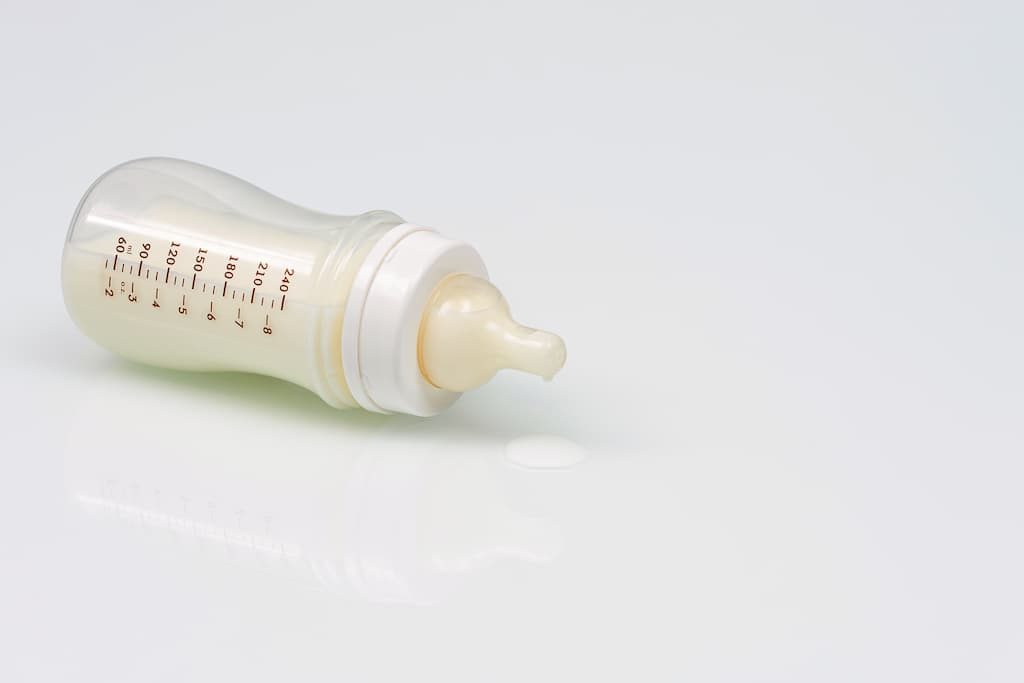
When it comes to choosing baby bottles, there are several types available in the market, including plastic, glass, stainless steel, and silicone. Each type has its own unique features and lifespan.
Plastic Bottles
Plastic baby bottles are the most common type of baby bottles available in the market. They are lightweight, easy to clean, and affordable. However, they have a shorter lifespan compared to other types of baby bottles. Manufacturers recommend replacing plastic bottles every 3-6 months, depending on usage.
It is important to note that some plastic bottles may contain BPA (Bisphenol A), a chemical that has been linked to health issues. To ensure the safety of your baby, it is recommended to choose BPA-free plastic bottles.
Glass Bottles
Glass baby bottles are a durable and eco-friendly option. They are easy to clean and do not contain harmful chemicals. Glass bottles have a longer lifespan compared to plastic bottles and can last up to a year or more with proper care.
However, glass bottles are heavier and more fragile than plastic bottles, making them less convenient for travel. They are also more expensive than plastic bottles.
Stainless Steel Bottles
Stainless steel baby bottles are a popular choice for parents who want a durable and long-lasting option. They are lightweight, easy to clean, and do not contain harmful chemicals. Stainless steel bottles have a longer lifespan compared to plastic bottles and can last up to 2-3 years with proper care.
However, stainless steel bottles are more expensive than plastic and glass bottles. They also do not have the same level of transparency as plastic and glass bottles, making it difficult to see how much milk is left.
Silicone Bottles
Silicone baby bottles are a newer option in the market. They are lightweight, durable, and easy to clean. Silicone bottles have a longer lifespan compared to plastic bottles and can last up to 2-3 years with proper care.
Silicone bottles are also a safe option as they do not contain harmful chemicals like BPA. However, they are more expensive than plastic bottles and may not be as widely available as other types of baby bottles.
In conclusion, the lifespan of baby bottles varies depending on the type of material used. It is important to follow the manufacturer’s recommendations for replacing baby bottles and to choose a type of bottle that fits your needs and budget.
Proper Care and Cleaning of Baby Bottles
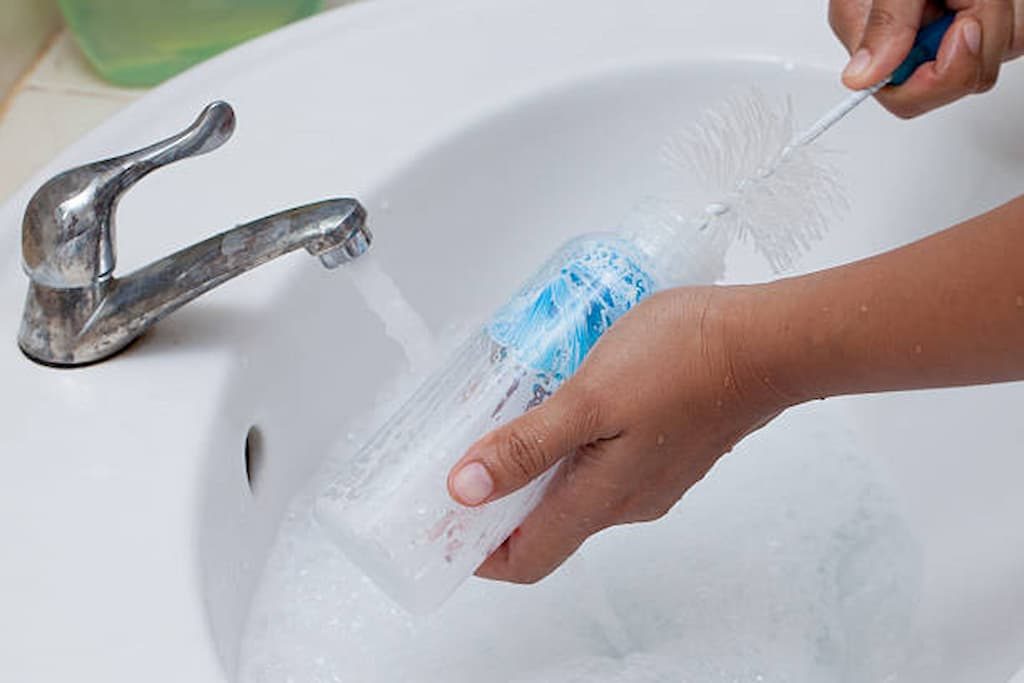
Proper care and cleaning of baby bottles are essential to ensure that your baby stays healthy and safe. Here are some tips to help you keep your baby bottles clean and hygienic.
Cleaning
Before using a new baby bottle, it is important to clean it thoroughly. Wash the bottle, nipple, and ring in warm soapy water and rinse them well. Make sure to remove any labels or stickers from the bottle before washing it.
Dishwasher
Most baby bottles are dishwasher safe, but it is always best to check the manufacturer’s instructions. Place the bottles and nipples in the top rack of the dishwasher and use a gentle cycle. Make sure to remove any leftover milk or formula before placing the bottles in the dishwasher.
Sterilize
It is important to sterilize the baby bottles regularly to kill any bacteria or mold that may be present. You can use a sterilizer, which uses steam to kill germs, or you can boil the bottles in water for 5-10 minutes.
Bottle Brush
Use a bottle brush to clean the inside of the bottle and nipple thoroughly. Make sure to clean all the hard-to-reach areas, such as the bottom of the bottle and the nipple’s base.
Air Drying
After washing and sterilizing the bottles, let them air dry completely before using them. Do not use a cloth or towel to dry the bottles, as this can introduce bacteria.
Wash and Sanitize
It is essential to wash and sanitize the baby bottles after each use. Use warm soapy water to clean the bottles and nipples, and then sanitize them using a sterilizer or by boiling them in water.
In conclusion, proper care and cleaning of baby bottles are essential for your baby’s health and safety. Follow these tips to ensure that your baby bottles are clean and hygienic.
Understanding Nipples and Their Replacement
Baby bottle nipples, varying in sizes and flow rates, are crucial for your baby’s feeding. They should be replaced every two to three months, or sooner if there are signs of wear like cracks, discoloration, or stretching, which could pose a choking hazard and disrupt feeding. As your baby grows, adjust the nipple size and flow rate—slow flow for newborns, medium for 3-6 month-olds, and fast for older babies. Breastfeeding mothers might prefer nipples resembling the breast to avoid confusion, and anti-colic teats can benefit babies with feeding discomfort. Regular inspection and replacement of nipples are key for safe and comfortable feeding.
Conclusion
In conclusion, regularly replacing baby bottles is essential for infant health and safety. Parents should check bottles for signs of wear, such as cracks or discoloration, and replace them every three to six months, or sooner if damaged. Proper cleaning and sterilization are vital to prevent bacterial buildup. Investing in quality bottles and having spare nipples and caps on hand for replacements can help extend their usability. Proactive maintenance ensures the safety and comfort of your baby.
Frequently Asked Questions
How long can we use the same feeding bottle?
The American Academy of Pediatrics recommends replacing plastic bottles every six to twelve months, or as soon as they show signs of wear and tear, such as cracks, chips, or discoloration. Glass bottles can last longer, but should still be replaced if there are any visible signs of damage.
How often should you change baby bottle nipples?
Nipples should be replaced every two to three months, or as soon as they show signs of wear and tear, such as cracks, tears, or stickiness. It’s also a good idea to replace nipples if your baby has been sick, as bacteria can build up in the nipple and cause reinfection.
How often should you replace glass baby bottles?
Glass bottles can last longer than plastic bottles, but should still be replaced if there are any visible signs of damage, such as chips or cracks. It’s also a good idea to replace glass bottles if they become cloudy or discolored, as this can indicate a buildup of mineral deposits.
How long do baby bottles last once made?
Formula should be used within two hours of preparation if it’s been sitting at room temperature, or within 24 hours if it’s been refrigerated. Breast milk can be stored in the refrigerator for up to four days, or in the freezer for up to six months.
Can you reuse baby bottles after 3 years?
While it’s possible to reuse baby bottles after three years, it’s not recommended. Plastic can break down over time, and glass can become weakened and more prone to breaking. Additionally, the nipples may have become discolored or degraded, which can make them less safe for your baby to use. It’s always best to err on the side of caution and replace baby bottles on a regular basis.



